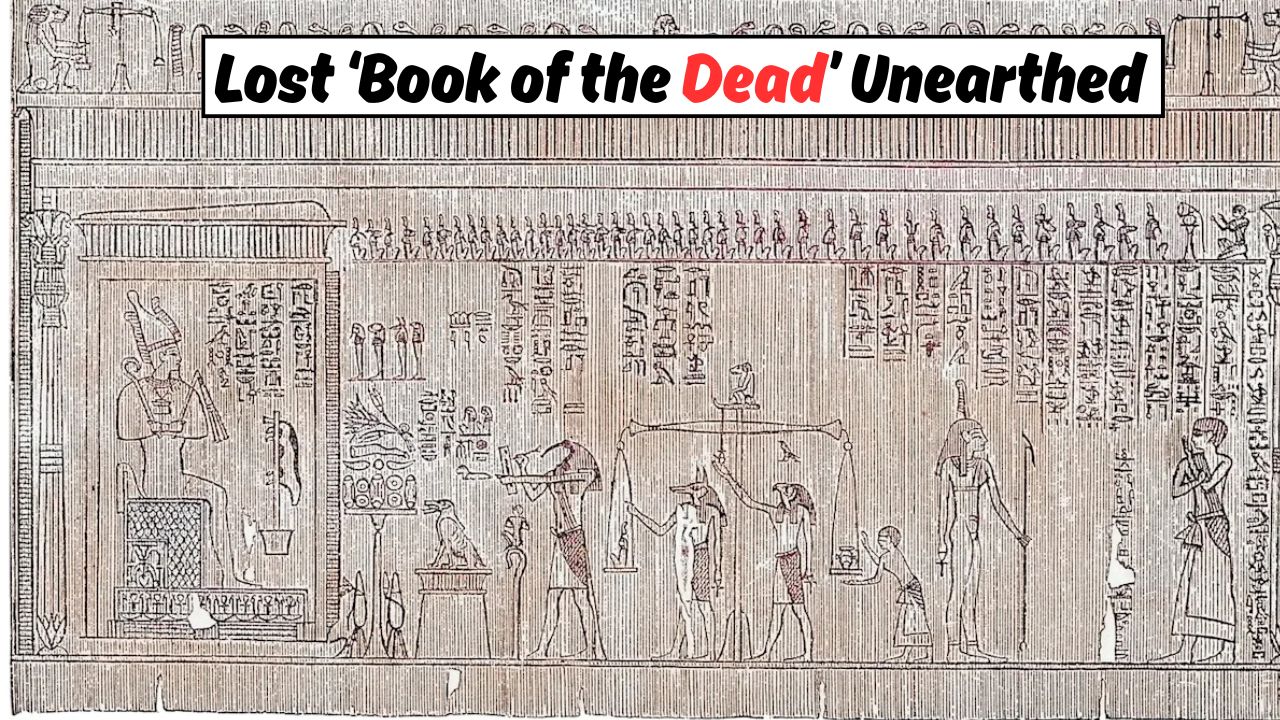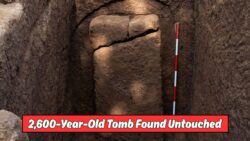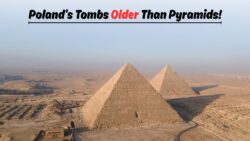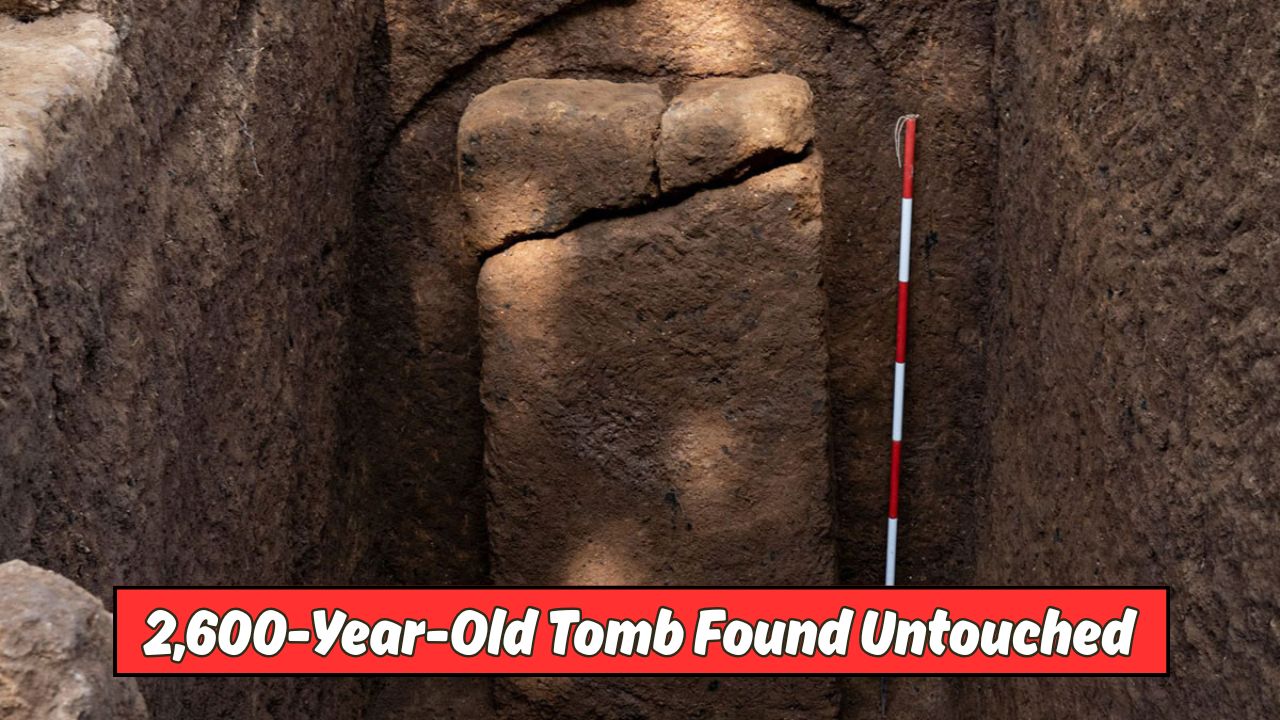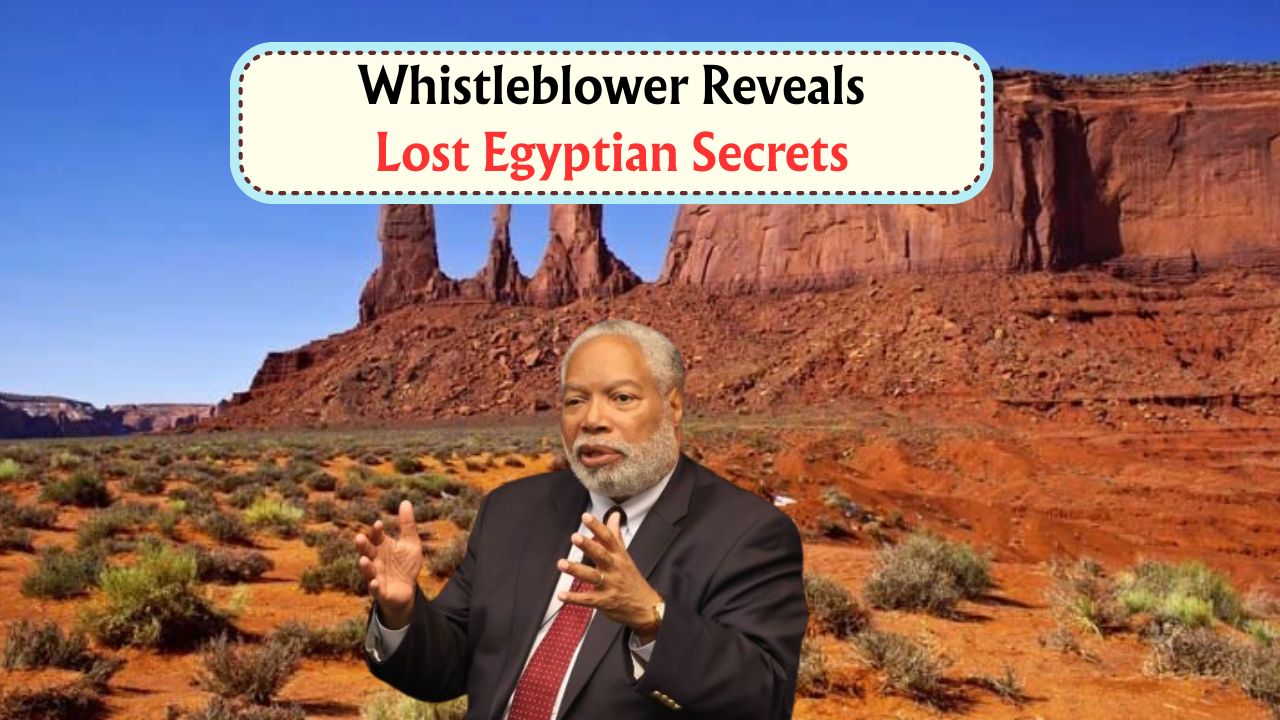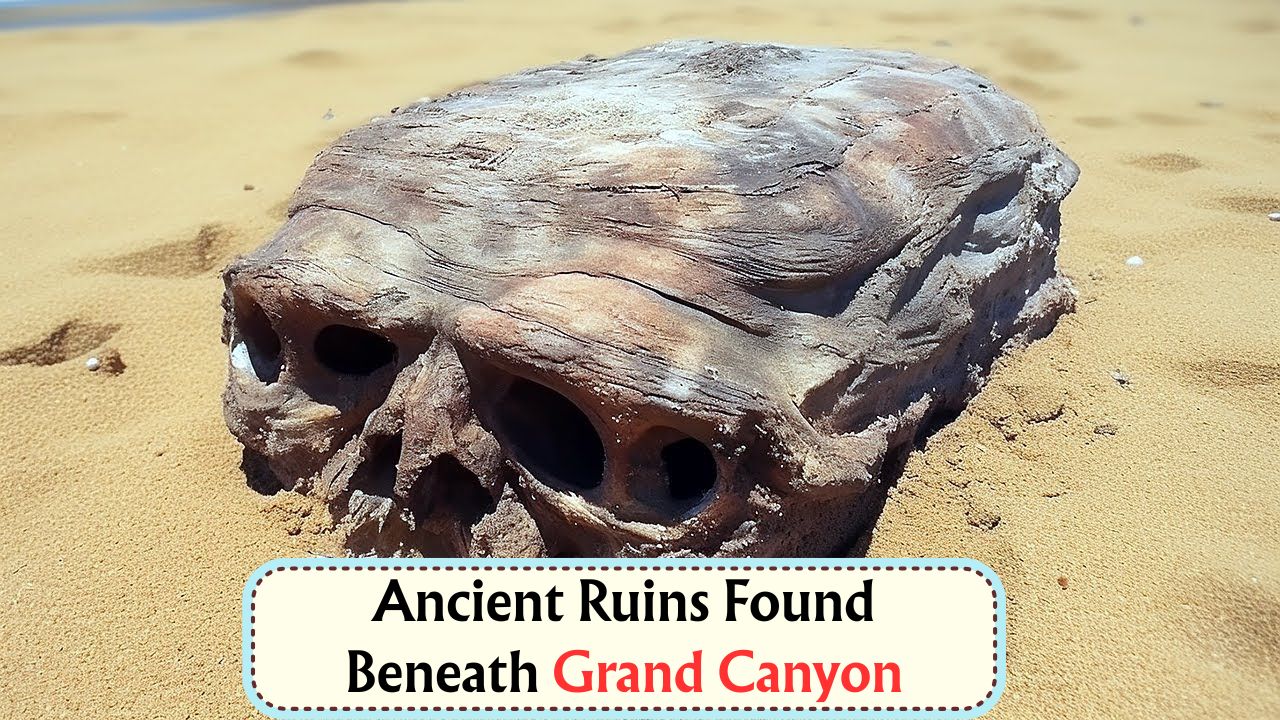Book of the Dead – The ancient Egyptian “Book of the Dead” has long been a source of mystery and fascination for historians, archaeologists, and spiritual seekers around the world. But now, a groundbreaking discovery in the sands of Egypt has brought a lost version of this sacred text back into the light. Archaeologists working at a remote burial site have uncovered a remarkably well-preserved papyrus scroll believed to be a missing fragment of the Book of the Dead—an ancient funerary text that was used to guide souls through the afterlife. This extraordinary find sheds new light on how ancient Egyptians viewed death, the afterlife, and the importance of spiritual knowledge. Here’s everything you need to know about this historic discovery.
What Is the Book of the Dead?
The “Book of the Dead” isn’t a single book but rather a collection of spells, hymns, and prayers written on papyrus scrolls and tomb walls.
- It was used by ancient Egyptians from around 1550 BCE to 50 BCE.
- Its purpose was to help guide the deceased through the dangers of the underworld.
- The spells helped the soul overcome challenges and gain entry into the eternal paradise.
- The most famous version is the “Papyrus of Ani,” housed in the British Museum.
The newly discovered scroll adds fresh content never seen before, with unknown symbols and unfamiliar phrases.
Where and How Was the Lost Scroll Discovered?
The scroll was found in Saqqara, an ancient burial ground near Cairo, Egypt. This area has produced countless discoveries in recent years, but this one stands out.
- The excavation was led by Egyptian archaeologist Dr. Mostafa Waziri.
- The team discovered a hidden shaft tomb dating back over 2,300 years.
- Inside the tomb, they found a coffin with painted inscriptions and a sealed clay jar.
- Inside the jar, the scroll was folded and stored with small amulets and scarabs.
The preservation of the scroll is astonishing, considering the hot and dry desert climate, which typically causes materials to decay rapidly.
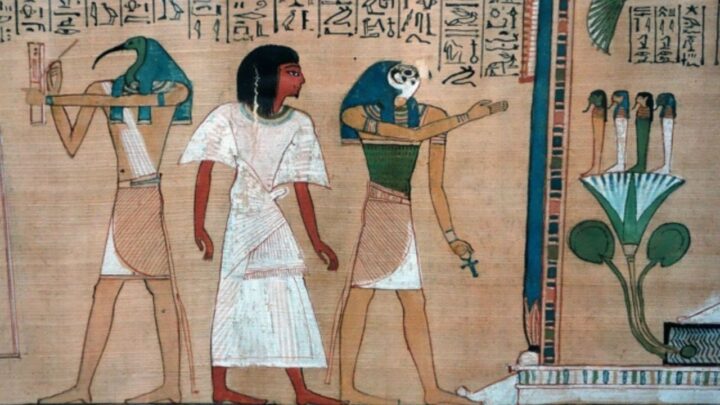
Why Is This Discovery So Important?
This find is significant not just because of its age, but because of the unique content it adds to human history.
- The scroll measures over 16 meters in length.
- Some of the writings are previously undocumented spells.
- The language is classical Egyptian hieratic script.
- Experts believe it may have belonged to a high priest or royal advisor.
- It provides new insights into the rituals performed during mummification.
This version of the Book of the Dead could rewrite parts of what we understand about Egyptian mythology and spiritual beliefs.
What’s Inside the Newly Found Text?
Early translations and scans have revealed fascinating details:
- A new version of Spell 125, the “Weighing of the Heart” ritual.
- Instructions for the soul on how to avoid traps set by demons.
- Maps of the underworld never before seen in any other texts.
- References to a “Hidden Hall of Judgment,” a location not mentioned in known texts.
The artwork includes illustrations of gods like Osiris, Anubis, and Thoth, all intricately drawn in faded but vibrant colors.
How Will the Scroll Be Preserved and Studied?
Now that the scroll has been found, archaeologists and researchers are taking extreme precautions to preserve it.
- It has been carefully unrolled and stored in a temperature-controlled glass case.
- High-resolution digital scans are being made to create a virtual copy.
- A team of linguists, historians, and Egyptologists are working to decode the full text.
- Plans are underway to display it in the Grand Egyptian Museum in 2026.
This process may take years, but researchers believe it will be worth the wait due to the document’s historic and spiritual value.
What Does This Mean for the Future of Egyptology?
This discovery could mark the beginning of a new era in Egyptian archaeology.
Continued Excavations and Global Interest
- The Saqqara site will remain under continuous excavation.
- Funding is expected to increase as global attention grows.
- Universities and museums worldwide are expected to collaborate on future studies.
- Young Egyptologists may get fresh opportunities to study long-lost secrets.
The find proves that ancient Egypt still holds untold treasures waiting to be discovered under its sands.
FAQs
Q1: What is the Book of the Dead?
A1: It’s a collection of ancient Egyptian funerary texts used to help guide the dead through the afterlife.
Q2: How old is the newly discovered scroll?
A2: It is estimated to be more than 2,300 years old.
Q3: Where was the scroll found?
A3: It was found in a sealed jar inside a shaft tomb at Saqqara cemetery, near Cairo.
Q4: Is the scroll complete and readable?
A4: Yes, it’s surprisingly well-preserved and is currently being translated and digitized.
Q5: Will the public be able to see it?
A5: Yes, it’s expected to be on display in the Grand Egyptian Museum by 2026.
